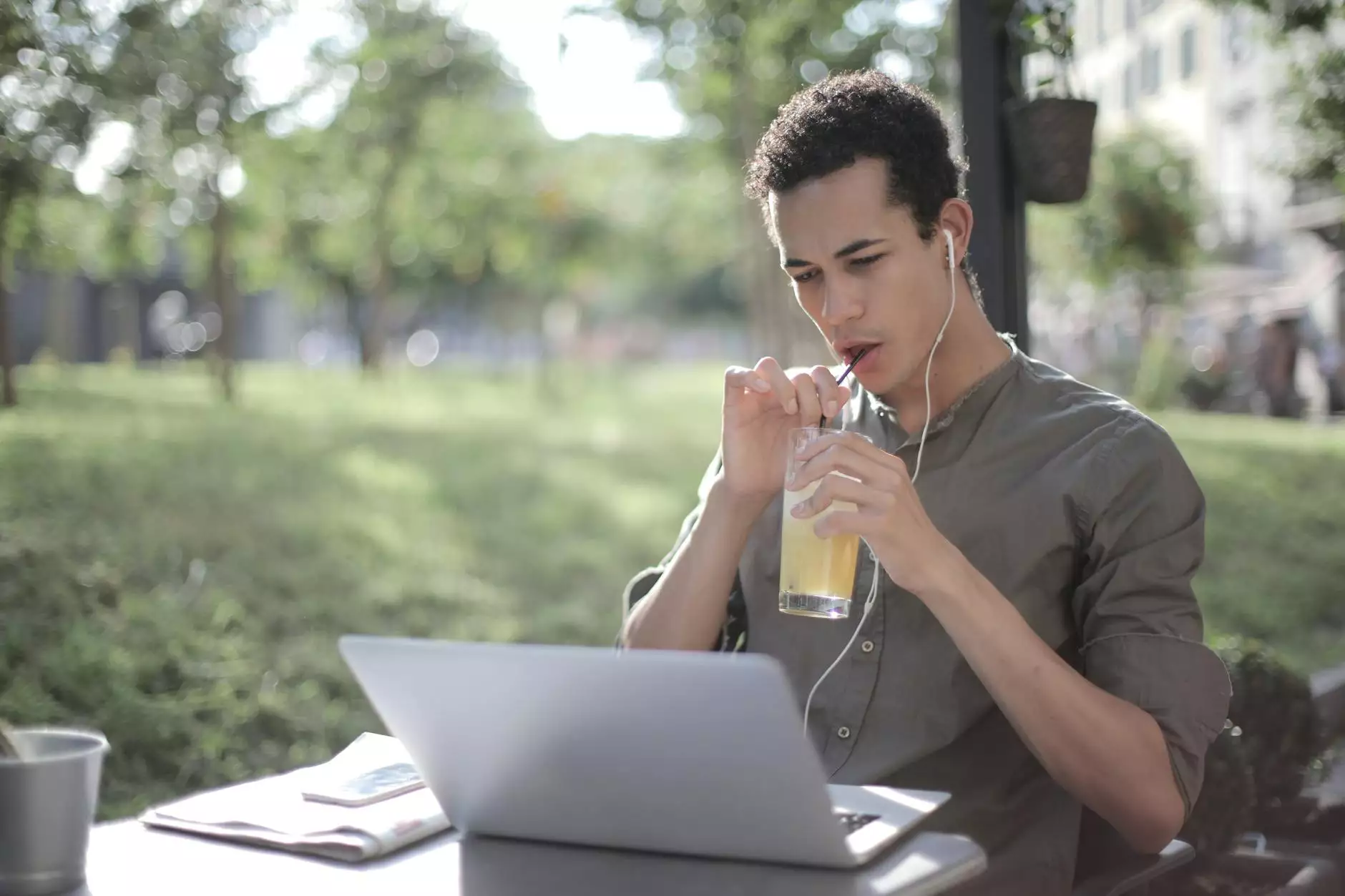Understanding Iliotibial Band Syndrome

Iliotibial Band Syndrome (ITBS) is a common ailment that affects runners, cyclists, and active individuals. This condition arises from irritation and inflammation of the iliotibial band, a thick band of fibrous tissue that runs along the outer thigh from the hip to the knee. Understanding the intricacies of ITBS can empower individuals to prevent, identify, and manage this condition effectively.
What is the Iliotibial Band?
The iliotibial band is a crucial structure of the lower limb. It is composed of dense connective tissue and serves several functions:
- Stabilization: It helps stabilize the knee joint during movement.
- Force Transmission: The band transmits forces from the hip to the knee, particularly during weight-bearing activities.
- Movement Support: It supports lateral movements of the leg, which are essential for running and cycling.
Causes of Iliotibial Band Syndrome
Iliotibial Band Syndrome occurs when the iliotibial band becomes tight or inflamed, leading to pain and discomfort. Various factors can contribute to this condition, including:
- Overuse: Repetitive activities such as running or cycling can lead to excessive strain on the IT band.
- Biomechanical Issues: Flat feet or differences in leg length can change how force is applied to the iliotibial band, increasing the risk of injury.
- Poor Training Techniques: Sudden increases in mileage or intensity without proper conditioning can lead to ITBS.
- Improper Footwear: Shoes that do not provide adequate support may exacerbate the situation.
Symptoms of Iliotibial Band Syndrome
Individuals with iliotibial band syndrome often experience distinct symptoms, which may include:
- Lateral Knee Pain: The most common symptom, typically felt on the outer side of the knee, especially during activities such as running or cycling.
- Swelling: Inflammation may lead to visible swelling on the outer side of the knee.
- Stiffness: Many sufferers report stiffness in the knee joint, particularly after resting or sitting for extended periods.
- Clicking Sensations: Some individuals may experience a clicking or popping sound in the knee during movement.
Diagnosis of Iliotibial Band Syndrome
Accurate diagnosis of iliotibial band syndrome requires a thorough evaluation. Healthcare professionals typically employ the following methods:
- Medical History: Understanding the patient's history of symptoms, activity level, and training regimen.
- Physical Examination: Assessing the alignment of the knees and legs, along with any tenderness along the IT band.
- Imaging Tests: Although not required for diagnosis, MRI or ultrasound may be utilized to rule out other injuries.
Treatment Options for Iliotibial Band Syndrome
Fortunately, most cases of iliotibial band syndrome can be effectively managed with appropriate treatment strategies. These may include:
Conservative Treatment
- Rest: Allowing time for the inflammation to subside is crucial. Avoiding activities that exacerbate symptoms will aid recovery.
- Icing: Applying ice to the affected area can reduce inflammation and alleviate pain.
- Non-Steroidal Anti-Inflammatory Drugs (NSAIDs): Medications such as ibuprofen can help manage pain and swelling.
- Stretching and Strengthening Exercises: Targeted physical therapy to stretch the iliotibial band and strengthen surrounding muscles will help alleviate symptoms and prevent recurrence.
- Adjustments to Activity: Modifying training routines, changing surfaces, or including cross-training activities can reduce strain on the IT band.
Advanced Treatment Options
- Corticosteroid Injections: In some cases, injections can reduce severe inflammation.
- Physical Therapy: Working with a physical therapist who can provide tailored rehabilitation plans.
- Surgery: Rarely, if conservative treatments fail, surgical options may be considered, usually focusing on releasing tightness in the IT band.
Preventing Iliotibial Band Syndrome
Prevention of iliotibial band syndrome is often achievable by adopting certain strategies:
- Proper Footwear: Investing in high-quality, appropriate shoes can provide better support and prevent injury. Consult a podiatrist about what shoes are best for your foot type.
- Gradual Training Increases: Follow the 10% rule by gradually increasing mileage or intensity, allowing time for your body to adapt.
- Incorporating Rest Periods: Schedule regular rest days in training to allow recovery, especially during intensive training periods.
- Include Flexibility and Strength Training: Regularly incorporate stretching and strengthening exercises into your routine to keep your muscles balanced and reduce strain.
- Cross-Training: Engaging in alternative forms of exercise can reduce repetitive stress on the IT band.
Conclusion
Iliotibial Band Syndrome is a manageable condition that many athletes and active individuals face. Understanding its causes, symptoms, and treatment options is crucial for recovery and prevention. If you experience persistent knee pain, consult a healthcare professional or a podiatrist, such as those at The Foot Practice, who can provide a thorough assessment and personalized care tailored to your needs. By implementing effective preventative measures, you can maintain an active lifestyle while minimizing the risk of developing this condition.
FAQs about Iliotibial Band Syndrome
1. Can Iliotibial Band Syndrome affect non-athletes?
Yes, while ITBS is more common among runners and cyclists, it can affect anyone who engages in repetitive knee-bending activities or has underlying biomechanical issues.
2. How long does recovery from Iliotibial Band Syndrome take?
Recovery time can vary widely depending on the severity of the condition and adherence to treatment protocols. Most individuals experience relief within weeks to months with proper care.
3. Are there specific stretches recommended for Iliotibial Band Syndrome?
Yes, stretches that target the iliotibial band, hip flexors, and quadriceps are beneficial. Always consult a physical therapist for personalized recommendations.
4. Is surgery commonly needed for Iliotibial Band Syndrome?
Surgery is rarely required and is typically considered only after conservative measures have failed for a prolonged period.









